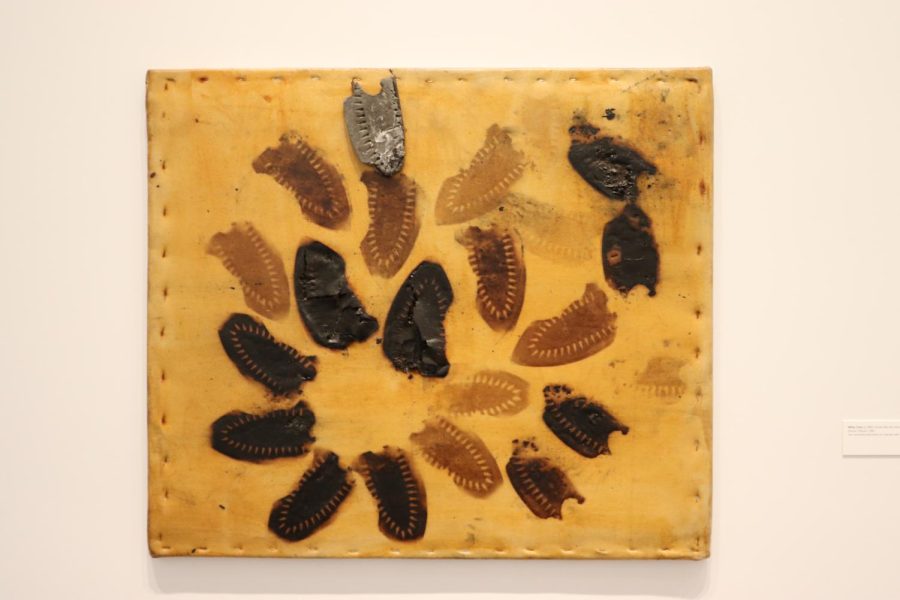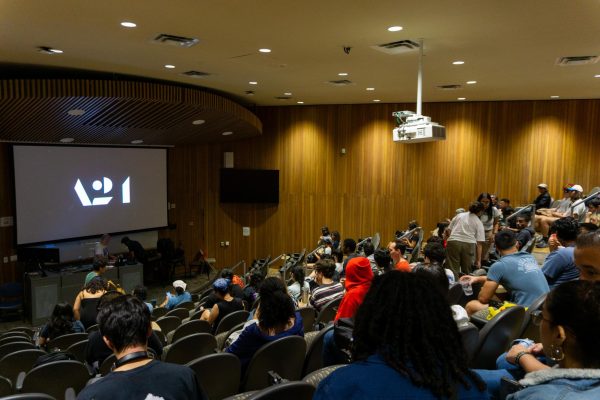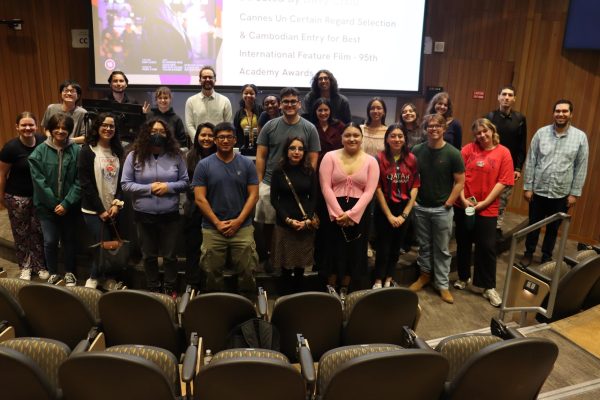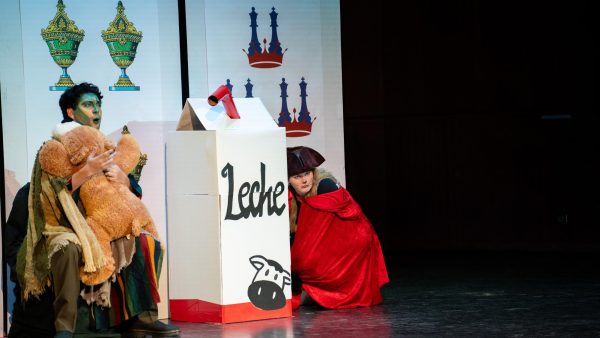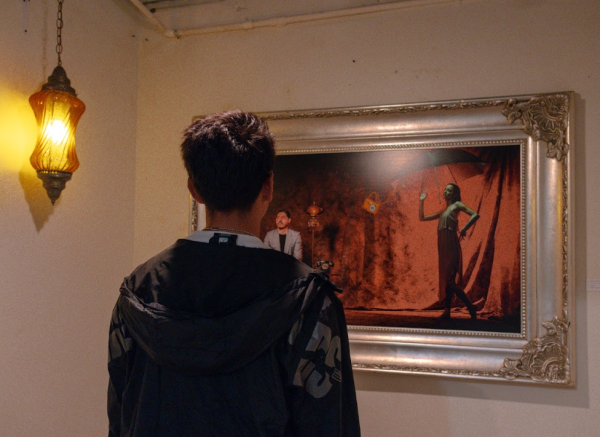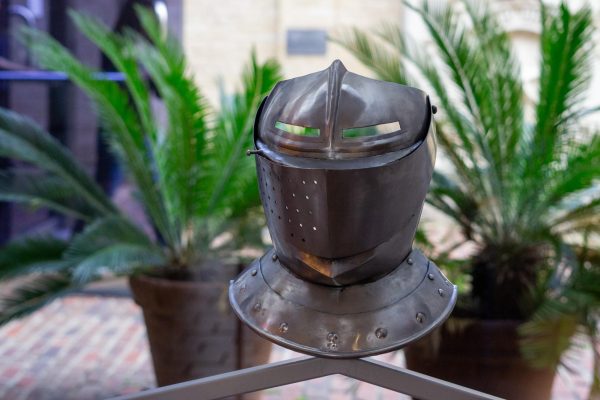‘Tangible/Nothing’ exhibit at Ruby City
November 8, 2022
Currently on display in the Ruby City contemporary art center, the “Tangible/Nothing” art exhibit explores themes of investigation of materials and the notion of erasure.
Director Elyze Gonzales put the exhibit together with about 40 works of art chosen from approximately 1,400 currently owned by the art center. Over the 16 months of closure during the COVID-19 pandemic, Gonzales looked through the collection to gather these pieces, spoke with the artists about their processes and the meanings behind their work and arranged them throughout the space.
According to the manager of visitor experiences and programs, Randy Guthmiller, the exhibit was designed to respond to the architecture of the Ruby City building. Small objects such as the “Plumb Bob,” a cast iron piece a little larger than a skull, are contrasted with large, open stretches of wall. “Eyes,” a photograph that combines the eyes of a man and woman in striking contrast, sits high above a window and peers down the hall. The placement of every piece is deliberate.
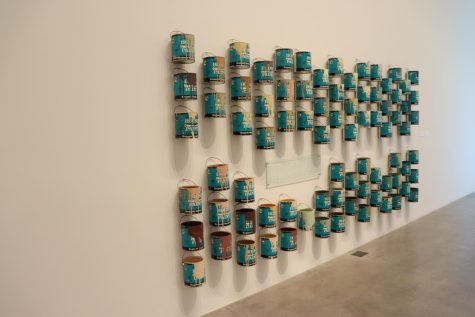
The materials used for each work are also deliberate. For example, a piece titled “Dance Trance I” uses canvas burned with an iron to explore themes of labor and the slave trade contrasted with the sense of dance and motion. One of the largest works in the collection, “High Gloss,” features a wall lined with many old paint cans. According to Guthmiller, the names of the chosen colors “connect to the notions of American exceptionalism and colonialism,” and they give a commentary on our history and the way we frame it in forms we encounter every day.
A piece Guthmiller points out as particularly thought-provoking is titled “Miss America.” A projector extending from the wall displays a short, looping video of the Miss America pageant. The woman has been removed from the video, leaving only a floating crown and the logos of the broadcasting company behind it. The piece highlights the corporatization and branding around the spectacle — often, these events are not about the people they showcase but are instead focused on publicity. The projector touches on the tangible, while the erased woman represents nothing.
Even the building in which this collection is housed is a work of art. Linda Pace, the mind behind Ruby City, based many of her pieces on dreams that she had. One such dream was of a building with sparkling ruby spires. The sketch she made of this vision eventually became the art center we have today through collaboration with architects and fellow artists who brought her dream to life.
Ruby City offers free admission, so it is accessible to anyone and everyone who wishes to view the stunning collection. Those who do are urged to take their time and appreciate the artwork on display. As Guthmiller points out, “the works reward a patient viewer.” The insights and knowledge provided by the gallery staff, as well as the intricate details and careful craftsmanship of each piece, make this collection a must-see for anyone interested in truly beautiful art.

